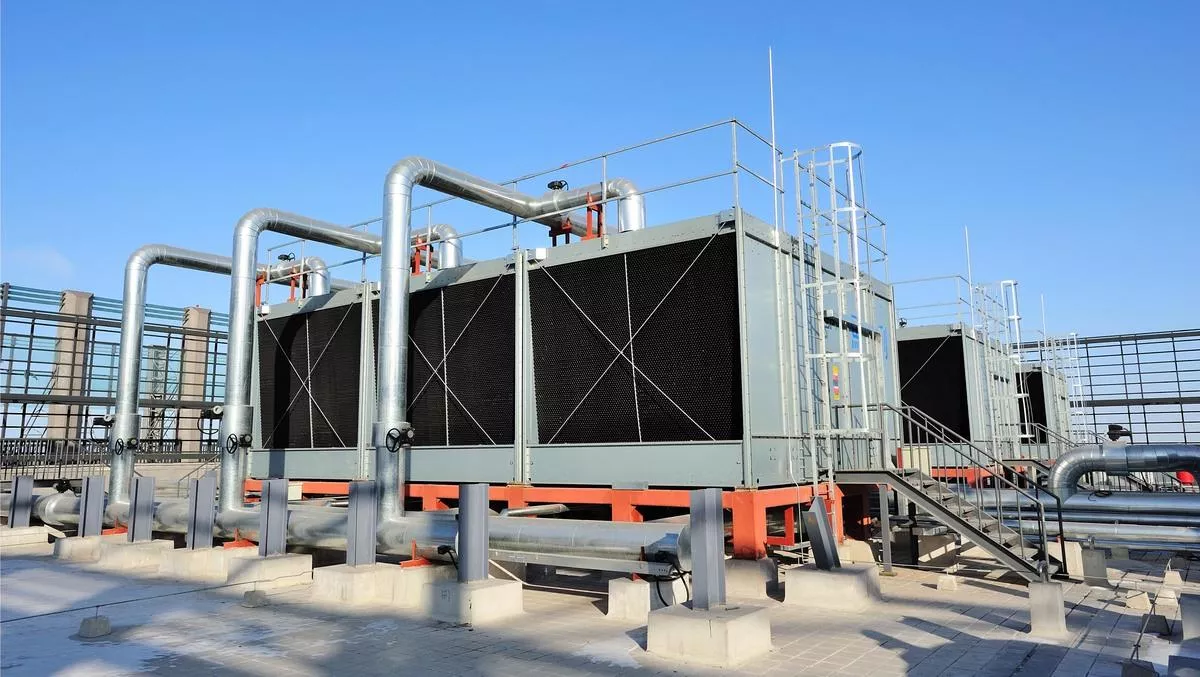
How can active front end drives reduce operating and capital costs for data centres?
The energy consumed by a data center is by far the largest contributing element in its day to day operating expenses.
Cooling accounts for an average 40% of that energy, depending on the geographical location. Data Center cooling applications, such as fans, pumps and compressors, rely on motors. And in most cases, they run at partial loads well below the peak load they are sized for.
Using variable speed drives (VSDs) to match the motor speed to the actual load required can achieve typical energy savings of 20 to 60%.
That is, however, only part of the energy-saving story. Because while VSDs optimise the use of energy for cooling, they can adversely affect network power quality, resulting in significant energy losses.
This is because standard VSDs, with a 6-pulse rectifier, significantly distort the current and voltage waveform, giving rise to harmonics — a form of electromagnetic pollution. The presence of harmonics in a power network is measured as a percentage value known as the total harmonic distortion (THD), which is the relationship between all the current or voltage harmonics and the fundamental current or voltage. Where no voltage or current harmonics are present, the THD is 0%.
The higher the harmonic current content (THDi), the higher the losses in the power network. For example, a 40% THDi results in 16% higher losses than a network with no harmonics, which translates to increased energy costs. And it also requires the electrical system to be dimensioned to carry the excess current.
To cope with harmonics, data centers often use active power filters at the building transformer. But they only deal with the issue on the way from the building input towards the utility, not inside the building.
A better solution could be to use VSDs that incorporate active front end (AFE) technology, as they can mitigate harmonics to an absolute minimum. VSDs with AFE not only optimise the efficiency of the cooling process, but they also help make the overall power network more efficient. The result is cheaper electricity bills.
According to various recent studies, a single minute of downtime can cost a data center over $8,000 in lost income. Therefore, it is vital to consider the impact that the increased current has on the risk of failure for critical network assets such as transformers, backup generators and cables.
Any malfunction or failure has an immediate cost in terms of lost revenue, as the data center cannot deliver the services that customers are paying for. There are also increased operating costs for frequent servicing and maintenance of over-stressed equipment. But the long-term cost of poor reliability is the potential damage to the data center's reputation.
It may not be immediately apparent how VSDs can impact the capital costs of a data center. The situation becomes more evident when you consider that the electrical systems are accountable for between 30 to 40% of the entire project cost.
Using VSDs with AFE technology means that the vital electrical assets will not have to be over-sized to accommodate the potentially harmful effects of harmonics. Instead, they can be optimised to match the actual load more closely, and therefore their capital cost is lower.
This 'right-sizing' effect ripples through the data center. For example, with VSDs with AFE, cable size can be reduced by about 10% compared with using standard 6-pulse VSDs. Furthermore, distribution transformer size is reduced by 20%, generator size is reduced by 50%, while switchgear and circuit breaker size is down by 10 – 30%.

